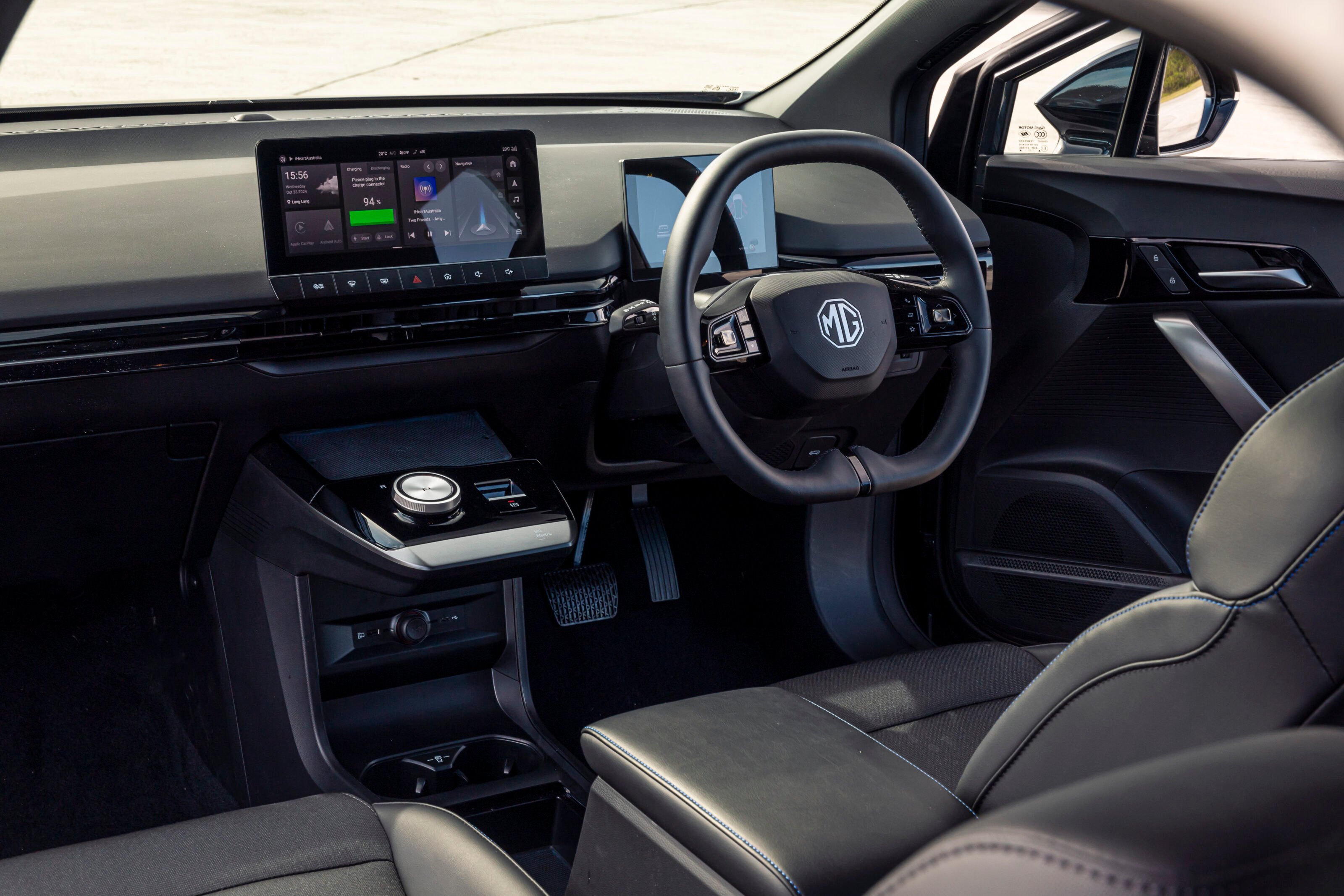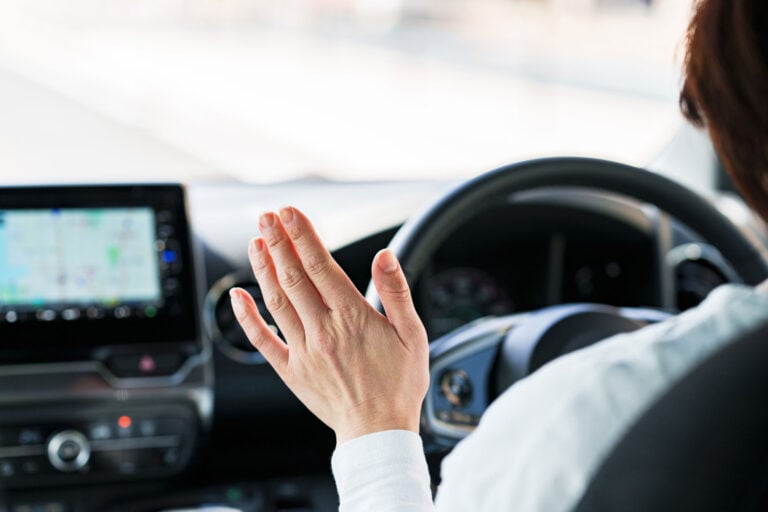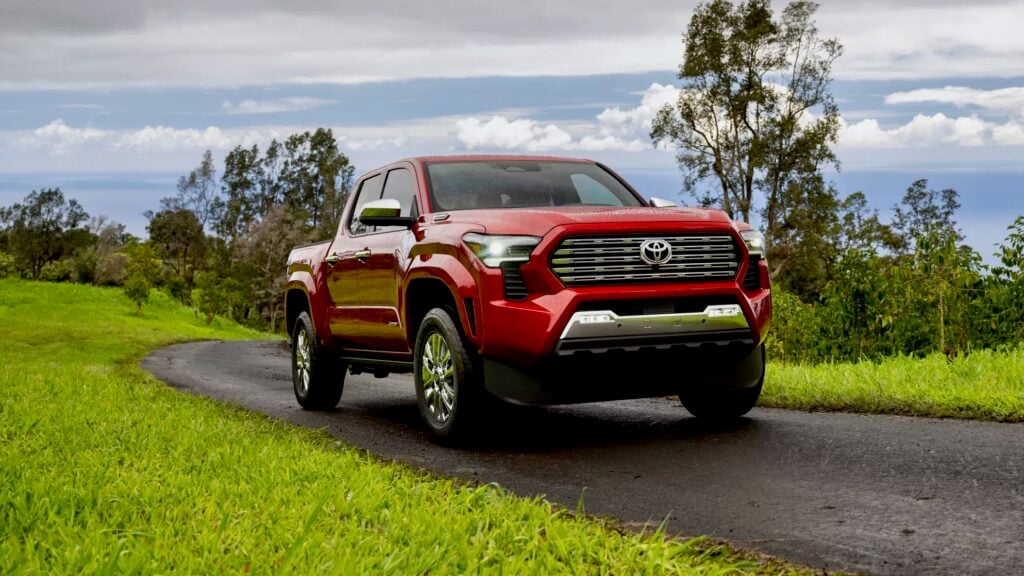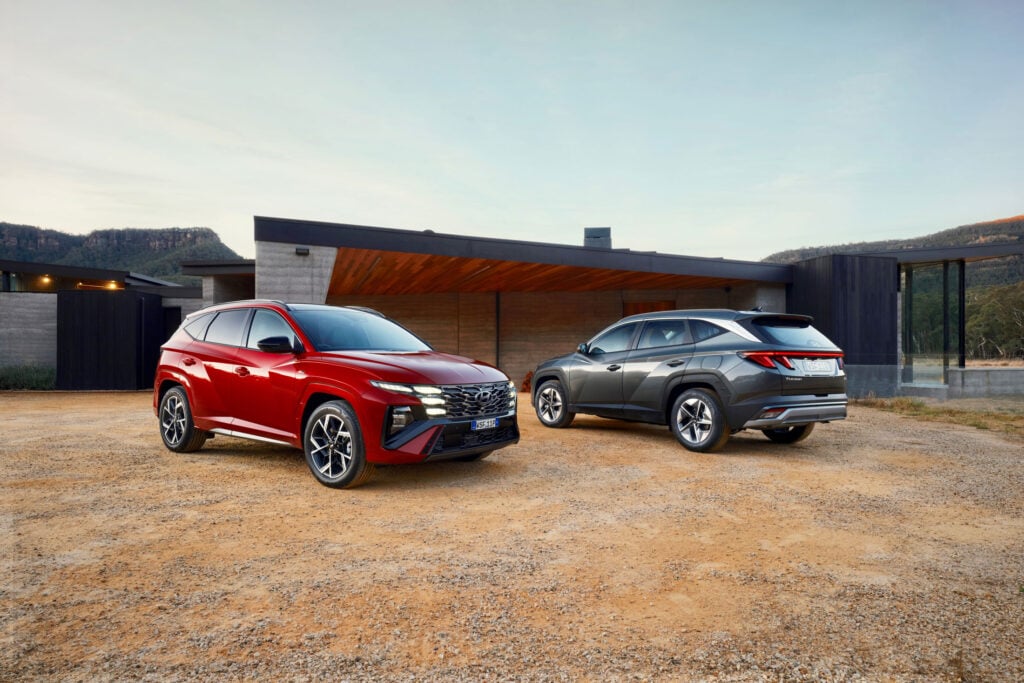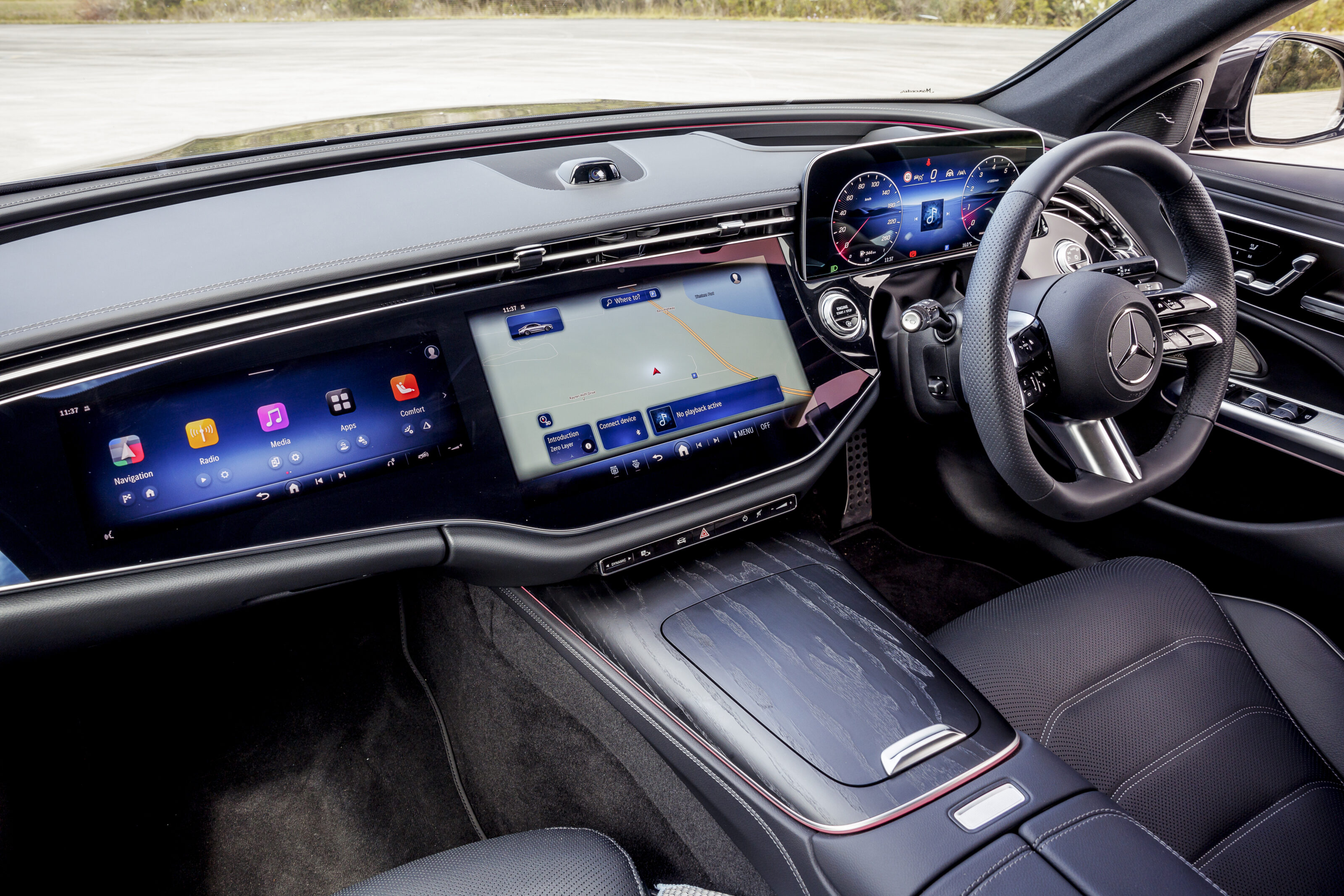
As recently as 10 years ago, in-car technology in most vehicles consisted of a radio, Bluetooth and, perhaps, an after-market sat-nav device.
Now, something resembling an automotive arms race is underway to install ever larger, sharper, more sophisticated and feature-rich digital touchscreens on car dashboards, with manufacturers spending billions annually to improve their offering.
But what differentiates the good systems from the bad, and are they becoming too complicated? Here’s WhichCar’s starter guide to what makes a good infotainment display.

User-friendliness, including physical shortcut buttons
A good screen layout with accompanying shortcut buttons is the answer and companies like Hyundai – which use an easy touchscreen layout and also place a row of shortcut buttons underneath the touchscreen so you can easily access features like the map, radio and settings – are very good at this.
We recently tested a Deepal S07 and aside from the window controls and a few buttons on the steering wheel, every single feature in the car was controlled through the touchscreen, which uses a complicated layout that’s initially difficult to learn. Controlling basic car functions like the headlights was buried in a menu, which is frustrating enough when you’re stopped, let alone at speed.
Worse still, the Deepal’s infuriating safety systems also require a minimum three-button press to alter or switch off, which is distracting and ultimately dangerous. Many car makers are making heating and ventilation controls only accessible through the touchscreen too, without a separate button for adjustment, which is also potentially dangerous.
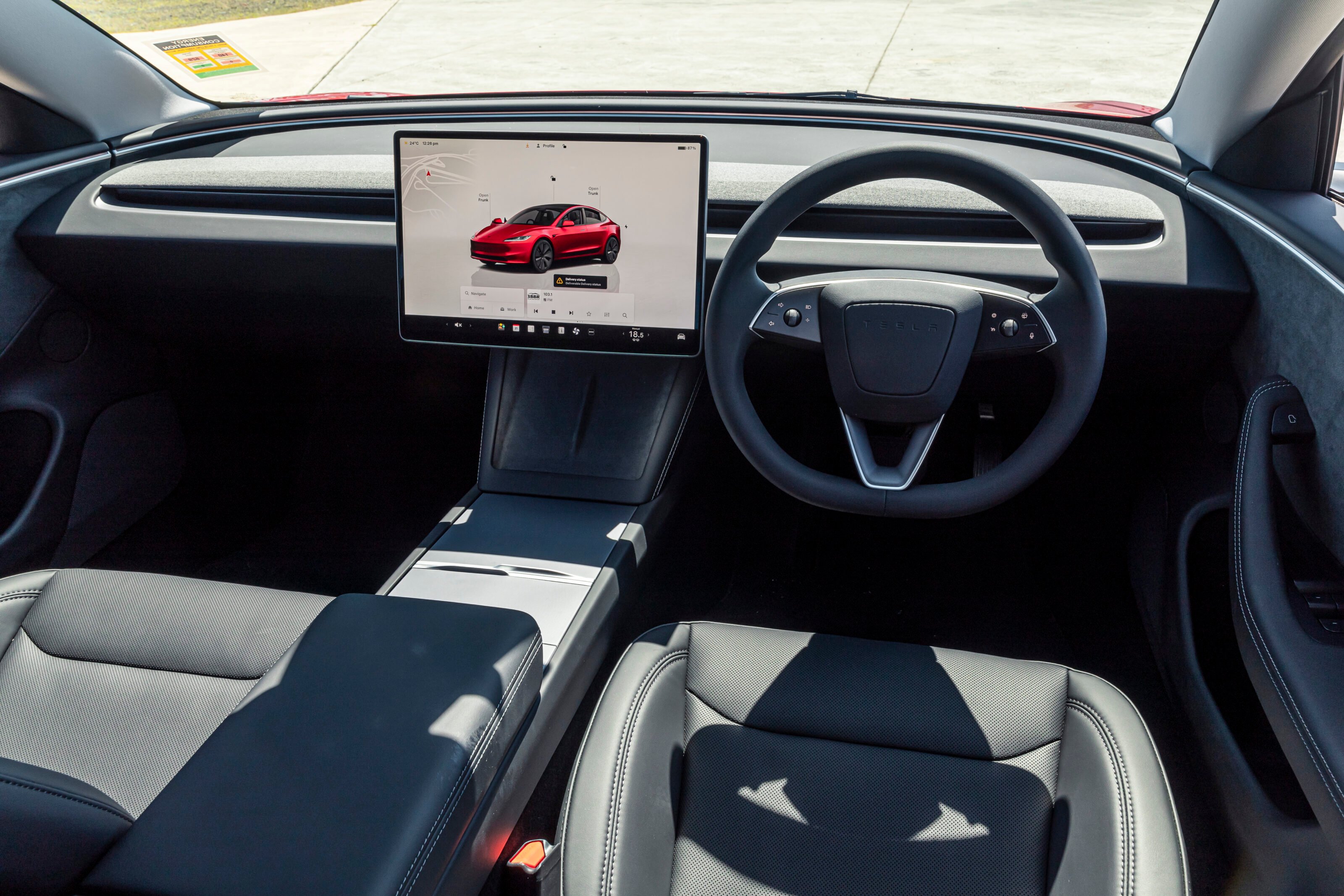
Wireless Apple CarPlay and Android Auto
Considering that many people are glued to their smartphones, it’s no surprise to see the inclusion of smartphone mirroring tech included on this list. But why have your phone screen on your car’s screen? Because you’re already familiar with phone’s software, so why learn the car’s as well? Smartphone mirroring ultimately makes driving safer by allowing us to access the phone apps we know and love.
More and more, wireless connection to Apple CarPlay and Android Auto is preferable. Even just a few years ago, most cars’ smartphone mirroring was via cable only, but today a lot of cars include wireless tech as standard. There are still some offenders, and some cars feature wireless CarPlay but wired Android Auto (or vice versa), but generally speaking, over-the-air updates are making cable connection part of yesteryear. It’s very convenient to just hop in the car and your phone pairs automatically.
The vast majority of new cars include this tech, but some car makers – like Tesla and some newer General Motors products in the USA – choose not to. Why? According to them, their infotainment systems are already intuitive and feature-packed, apparently rendering smartphone mirroring useless but we think that cars with these features are easier to navigate.
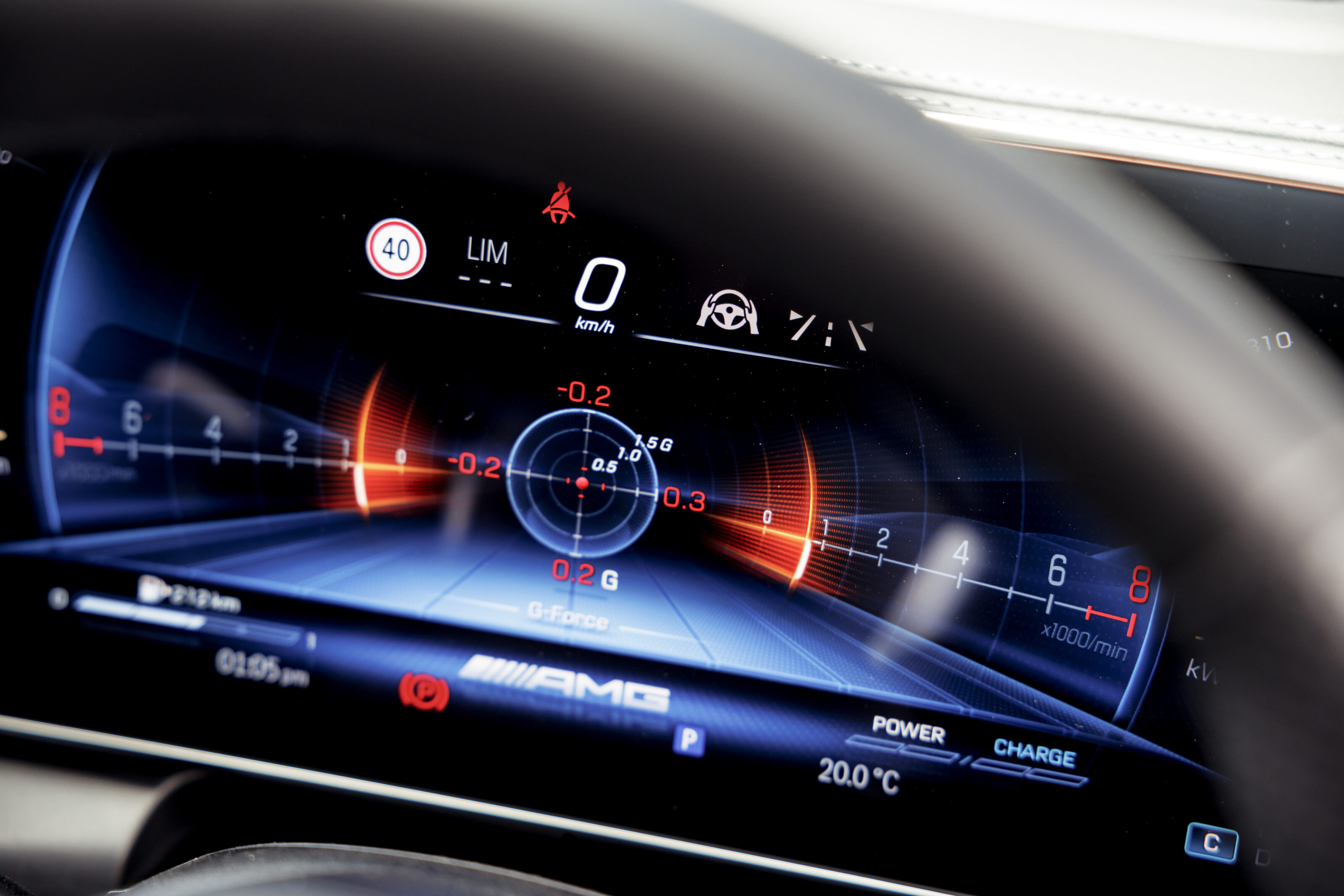
Screen quality and graphics
Like televisions, car screens have in recent years grown not only larger but of better quality so that many in-car screens are like watching the latest OLED TV. The latest ‘iSmart’ infotainment system in the MG HS features some of the best screen quality in class, making it easy to read while driving and ultimately safer. Many car makers like Mercedes-Benz and Hyundai also excel at including a high-quality camera system, which is very important in seeing objects while you’re manoeuvring the car.
Also important are the icons used on the screen so that drivers can quickly differentiate features while driving. Mercedes-Benz’s MBUX system is an excellent example, with icons that are clear and well differentiated from one another. It’s quick to use with no lag and the screen quality is excellent.
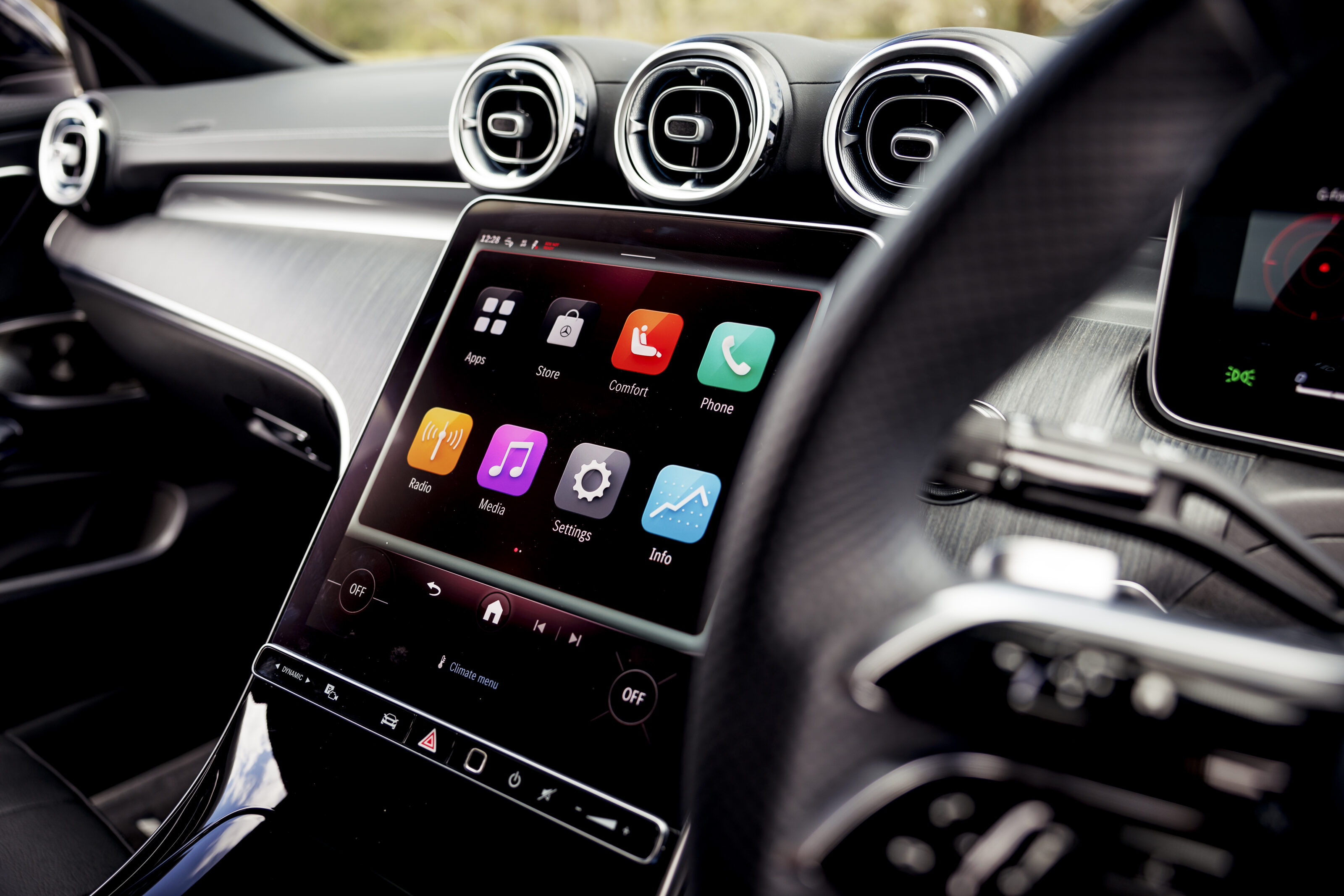
One you can touch… or gesture at
Most infotainment systems these days are touchscreens, but some can also be controlled by a controller wheel like BMW’s iDrive that debuted way back in 2001. Some are touch only like the latest MBUX software and some, like the latest BMW system, can be controlled by both, whereas some Mazda models can only be controlled with the controller wheel unless you’re stopped and using only Apple CarPlay or Android Auto.
Safety while driving is Mazda’s reasoning behind this, but it’s still frustrating trying to use smartphone mirroring and entering destinations with a wheel when touching it would be so much easier. Worse still, some Mazdas like the CX-30 allow drivers to touch the screen for smartphone mirroring at any speed – but the CX-60 can frustratingly only do this when parked.
Some car makers like BMW, Deepal and the Volkswagen Group also feature gesture control on some products as another way of controlling the infotainment system. The idea behind the tech is that you can wave your hand in front of the screen to – for example – change the song you’re listening to and not actually touch the screen. Gesture control can be hit and miss but it can be quite helpful in keeping your eyes on the road.
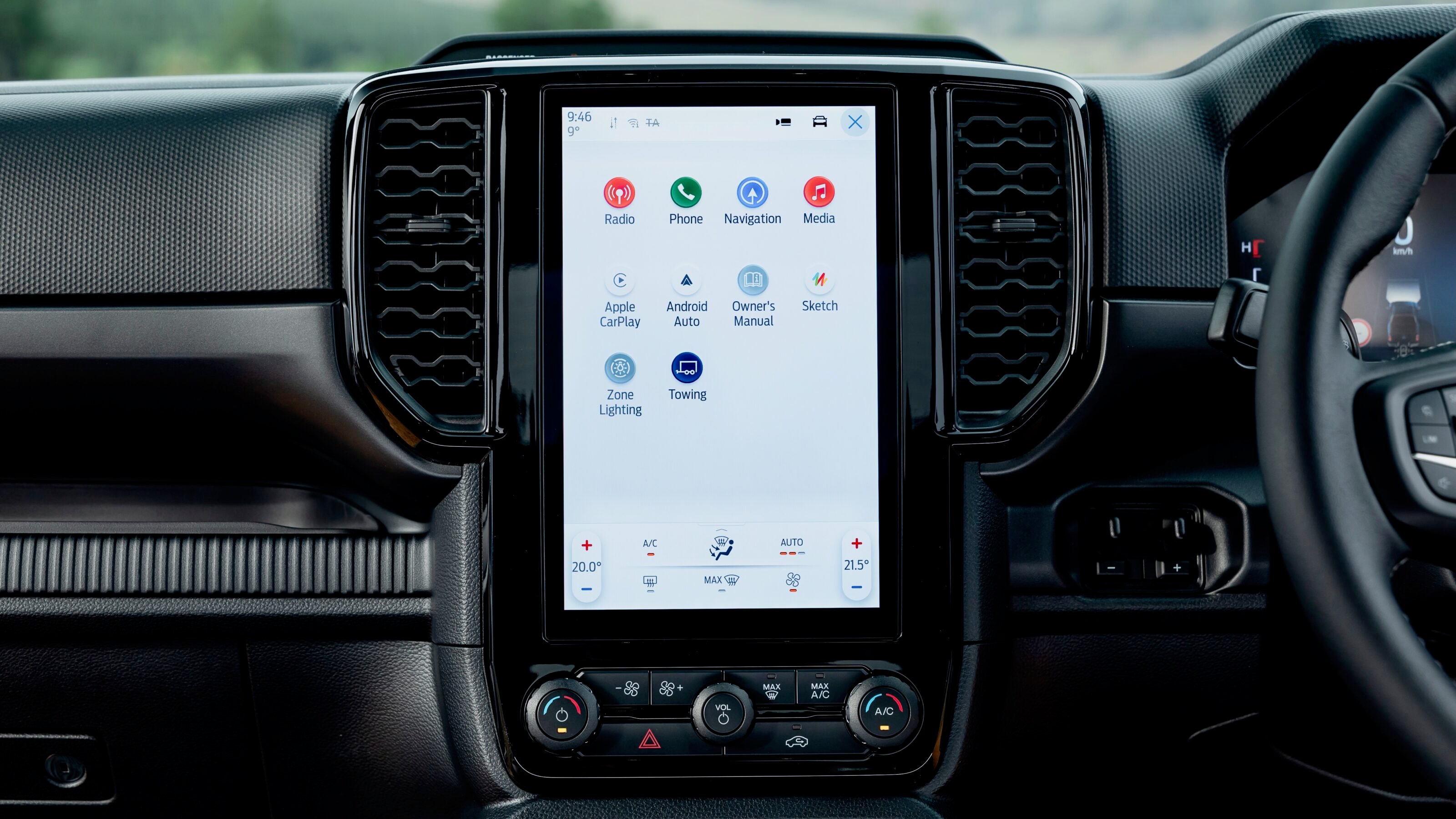
Live services
While privacy remains an issue with cars that feature live services, the ability to download apps, get the latest software version over the air and in some markets, allow cars to receive information about traffic and accidents on the road ahead and divert are features that buyers increasingly require from their new car.
Tech like this is often hailed as the future of motoring and some car makers are throwing as many features as they can at cars in an effort to stand out. Want to watch YouTube to pass the time while your EV is charging? Volvo and Polestar gives you that option. Or connect your Google Maps account with the car? Many car makers – Honda most recently in Australia – allow you to do that, which is quite handy as you can search for a location before leaving and hop in the car and have it set as your destination.
As the car industry heads more towards heavier tech integration, the needs from consumers are obvious: a simple menu structure with shortcut buttons, good screen quality, features like Apple CarPlay and Android Auto and live services so that cars can keep updated and drivers can download apps like navigational tools if they wish. Designing an effective and safe infotainment system is not difficult, and many leave room for improvement.
